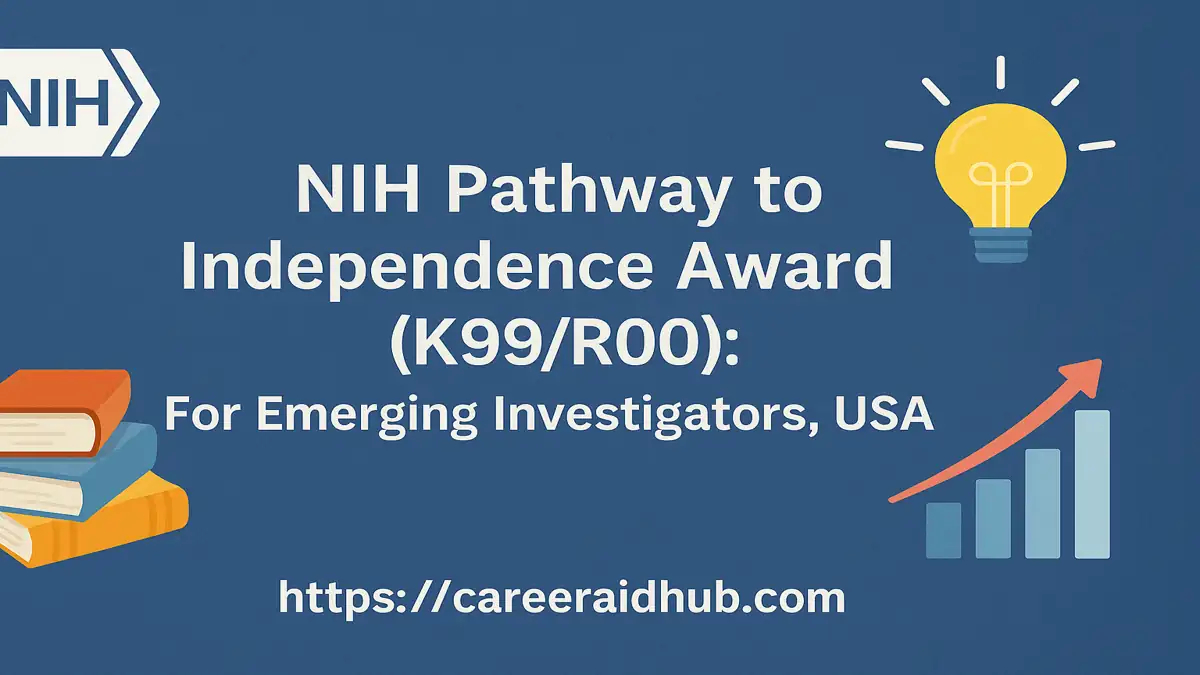Why RNA-Seq and Why Now?
RNA sits at the interface between genotype and phenotype, which makes RNA sequencing (RNA-seq) an essential tool for understanding regulation, disease mechanisms, and therapeutic targets. Today’s research teams expect contributors who can move from raw FASTQ files to publication-grade insights. Consequently, the program emphasizes:
-
- Data hygiene & QC: FASTQ inspection, trimming, contamination checks, and audit-friendly logs
- Alignment & quantification: Choosing between alignment and pseudo-alignment; building robust count matrices
- Modeling & statistics: Differential expression with clear assumptions and validation steps
- Functional interpretation: Pathway/GO analysis that avoids common over-interpretation traps
- Reproducibility: Versioned code, pinned environments, and well-commented notebooks
You will also practice scientific communication—turning scripts and plots into an argument the reader can follow, critique, and reproduce.
Build real RNA-seq skills—fast. The Bioinformatics Research Program at The RNA Institute, University at Albany (SUNY) combines daily live instruction with a mentored, independent project you can showcase. It’s fully virtual, rigorously structured, and designed for motivated undergraduates and advanced trainees who want results.
Program Snapshot (What You’ll Get)
-
- Format: Fully online, cohort-based instruction followed by a mentored research project
- Audience: Primarily undergraduates; open to students at higher academic levels
- Curriculum: Live lectures + guided labs on RNA-seq;then an independent, mentor-supervised project
- Deliverables: A reproducible analysis with figures/tables and a concise report or presentation
- Outcomes: Practical competency in data hygiene, differential expression, functional analysis, and transparent, reproducible workflows
This structure is intentionally hands-on. First, you learn core methods through tightly scoped exercises; then, you apply those methods to a real dataset under faculty mentorship—so your learning converts into a tangible portfolio piece with clear, defensible choices.
Inside the Mentored Research Phase
After the lecture/lab block, you transition into an independent computational project under an RNA Institute-affiliated faculty mentor. Mentors supply context, steer you toward tractable questions, and challenge your methodology. As you progress, you will:
-
- Frame a testable question tied to an active line of research
- Justify your pipeline (tool selection, parameters, and controls)
- Produce figures that connect results to biological meaning
- Document caveats and next steps (e.g., validation datasets or orthogonal assays)
Even though the program runs virtually, it is embedded in an institute culture that prizes rigor and cross-disciplinary dialogue—with cores and resources that shape how analyses are designed and interpreted.
Who Should Apply (and How to Judge Fit)
This program suits curious undergraduates and motivated trainees in biology, chemistry, neuroscience, computer science, statistics, or related fields who want
It is also a strong match if you are:
-
- Testing a pivot from wet lab to computation and want a safe, guided runway
- Preparing graduate applications and need a mentored project plus credible references
- Serving as the “bioinformatics bridge” for a home lab that generates RNA-seq data
For high-school learners, note that The RNA Institute offers a separate virtual Bioinformatics Summer Camp; the Research Program discussed here targets undergraduates and above.
Learning Rhythm: A Typical Week
-
- Live sessions (most weekdays): Concept primers, tool walkthroughs, and demonstration notebooks
- Guided practice: Short tasks that build end-to-end pipelines on modest datasets
- Mentor check-ins: Targeted discussions of milestones, blockers, and interpretation
- Cohort collaboration: Peer troubleshooting and code reviews that improve clarity and speed
As your project matures, your weekly schedule tilts toward analysis, figure polishing, and narrative writing, culminating in a shareable report or talk.










